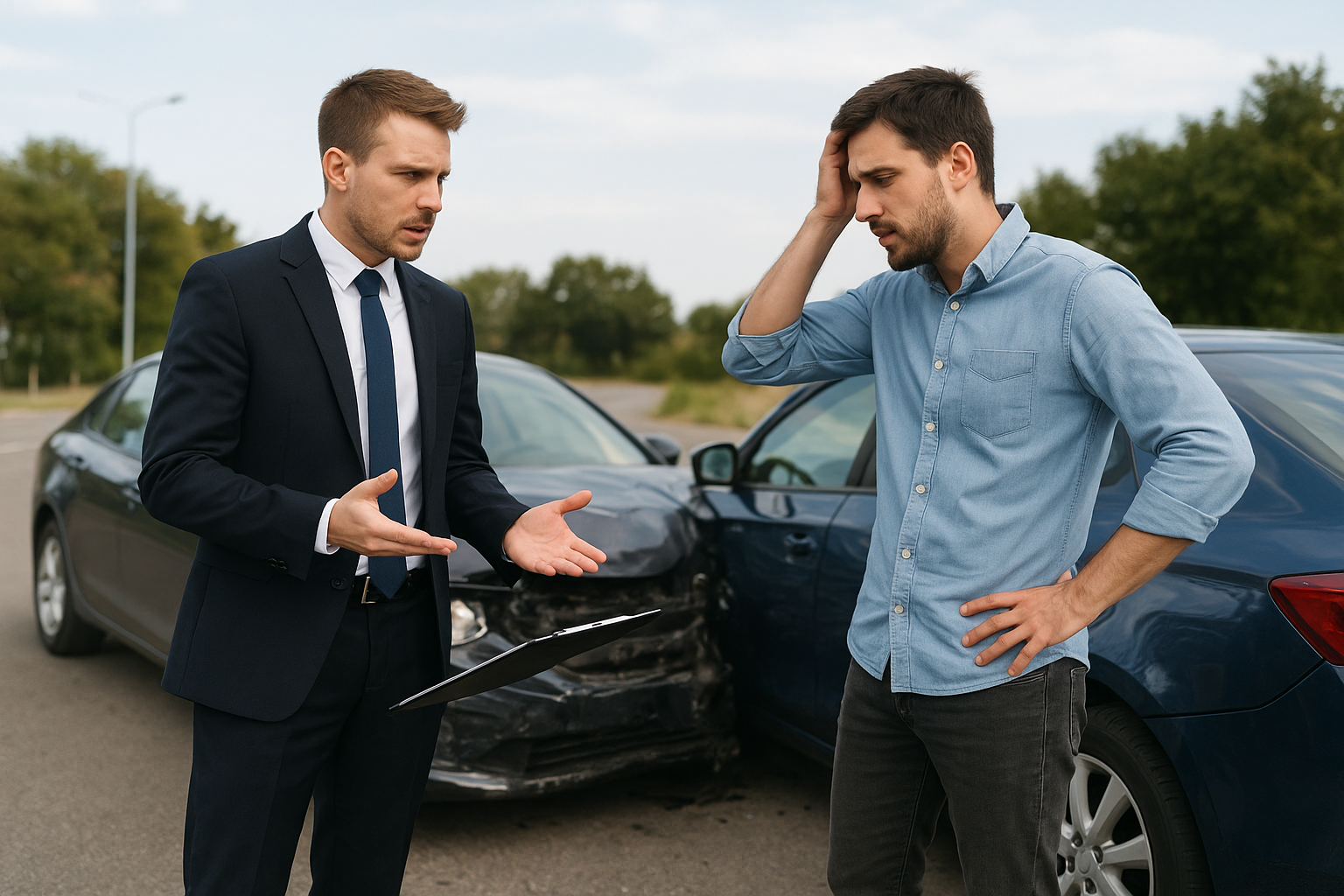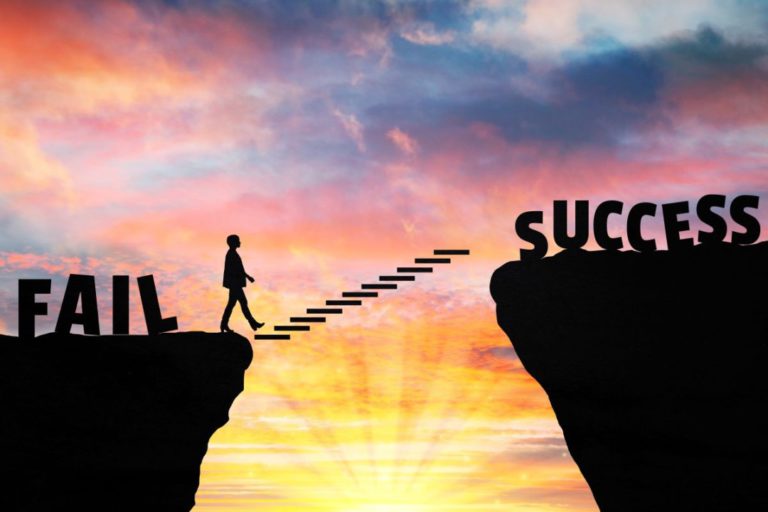The moments after a car accident are a blur of twisted metal, flashing lights, and ringing ears. Amid the confusion and stress, one question rings loudest: who was at fault? The other driver might be apologising one minute and changing their story the next. Suddenly, you’re left wondering how you’ll ever prove what really happened.
If you’ve been in a crash, understanding how best car accident lawyers in Brisbane figure out who is responsible is the first step toward getting the compensation you deserve. It’s a process that removes the guesswork and replaces it with facts.
This post will demystify how legal professionals determine fault after a Brisbane accident. We will explore the crucial evidence lawyers use, the steps they take to build a strong case for their clients, and why expert legal guidance is essential. Knowing this process can provide peace of mind and empower you to take the right action for your recovery.
What Does “At Fault” Really Mean in Queensland?
In the context of Queensland road law, “at fault” boils down to one key legal concept: negligence. Negligence occurs when a driver fails to take reasonable care to avoid harming others on the road. This means they breached their duty of care, and that breach caused the accident and your resulting injuries.
For a clear example, imagine a driver is approaching an intersection. They see the traffic light turn red but decide to speed through it anyway. If they collide with another vehicle that had the green light, the driver who ran the red light has been negligent. They ignored a fundamental road rule, and their actions directly caused the crash.
It’s also important to understand the idea of contributory negligence. This is when you are found to be partially responsible for the accident. For instance, if another car pulls out in front of you, but you were driving slightly over the speed limit, an insurer might argue that your speed contributed to the severity of the crash. In a compensation claim, this can reduce the final payout you receive by the percentage you are deemed to have been at fault.
The Evidence We Gather: Building Your Case
To determining fault for a car accident lawyers essentially become investigators. Their job is to collect and meticulously analyse every piece of available evidence to reconstruct the moments leading up to the crash. A strong case isn’t built on assumptions; it’s built on a foundation of solid proof.
Here are the key types of evidence we gather to prove what happened.
Police Reports
When police attend an accident scene, they create an official report. This document is often the first piece of evidence a lawyer will obtain. It typically includes the drivers’ details, vehicle information, a diagram of the scene, initial statements, and any traffic violations the police may have issued. While not the final word on fault, it is a crucial and objective starting point.
Photos and Videos
A picture truly is worth a thousand words. Visual evidence from the accident scene is incredibly powerful. This can include:
- Photos from your phone: Images of vehicle positions, damage, skid marks, and road conditions.
- Dashcam footage: Your own footage or footage from other vehicles can provide an indisputable record of the event.
- CCTV or security camera footage: Many Brisbane streets and businesses have cameras that may have captured the accident.
Witness Statements
Independent witnesses who have no connection to either driver can provide unbiased accounts of the accident. Their statements can confirm who had the right of way, the speed of the vehicles, and other critical details. A lawyer knows how to contact these witnesses and take formal, credible statements that will stand up in negotiations or court.
Expert Opinions
In complex cases, an expert’s analysis can be the key to proving fault. Accident reconstruction specialists use physics and engineering principles to scientifically determine how a crash occurred. They can analyse everything from vehicle speeds to impact angles to create a detailed report that explains the sequence of events.
Vehicle Damage
The location, type, and severity of damage to the vehicles involved can tell a compelling story. For example, damage to the rear of one car and the front of another strongly suggests a rear-end collision. An expert can examine repair quotes and photos to help verify the nature of the impact, which is vital for your compensation claim.
Common Scenarios: Who Is Usually At Fault?
While every Brisbane accident is unique, many fall into common patterns where fault is often clear. Understanding these can help you get a preliminary idea of where you stand.
Rear-End Collisions
In the vast majority of cases, the driver who hits another car from behind is considered at fault. The law expects every driver to maintain a safe following distance, allowing them enough time to stop if the vehicle in front brakes suddenly.
T-Bone Accidents (Intersections)
These crashes, common at intersections, usually come down to who had the right of way. Fault is typically assigned to the driver who failed to obey a red light, stop sign, or give-way sign.
Changing Lanes
A driver who changes lanes is responsible for ensuring the path is clear before they move over. If a collision occurs during a lane change, the driver who was moving between lanes is usually found to be negligent.
Why You Need an Expert Car accident Lawyer
Determining fault isn’t always as simple as the scenarios above suggest. Insurance companies often try to find ways to assign partial blame to the injured person to reduce the amount they have to pay out. They might argue you weren’t paying enough attention or that you braked too suddenly.
An experienced Brisbane car accident lawyer understands these tactics and knows how to build a case that counters them effectively. They fight to protect your rights and ensure the evidence tells the true story. For example, we helped a client who was being blamed for a lane-change accident prove the other driver was speeding significantly, which led to a successful full compensation claim. Without that expert intervention, our client may have unfairly lost a portion of their rightful settlement.
Let Us Handle the Fight, While You Focus on Healing
Proving who was at fault after a car accident depends on gathering strong evidence and applying expert legal knowledge of Queensland’s road law. It’s a detailed and often complex process that requires professional skill.
After a crash, your energy should be dedicated to your recovery, not to arguing with an insurance company. Let a legal expert take on the burden of building your case and fighting for the compensation you need to get your life back on track.
If you’ve been in a car accident, contact us today for a free, no-obligation chat about your situation. The conversation is completely confidential and will help you understand your options and how we can help.









